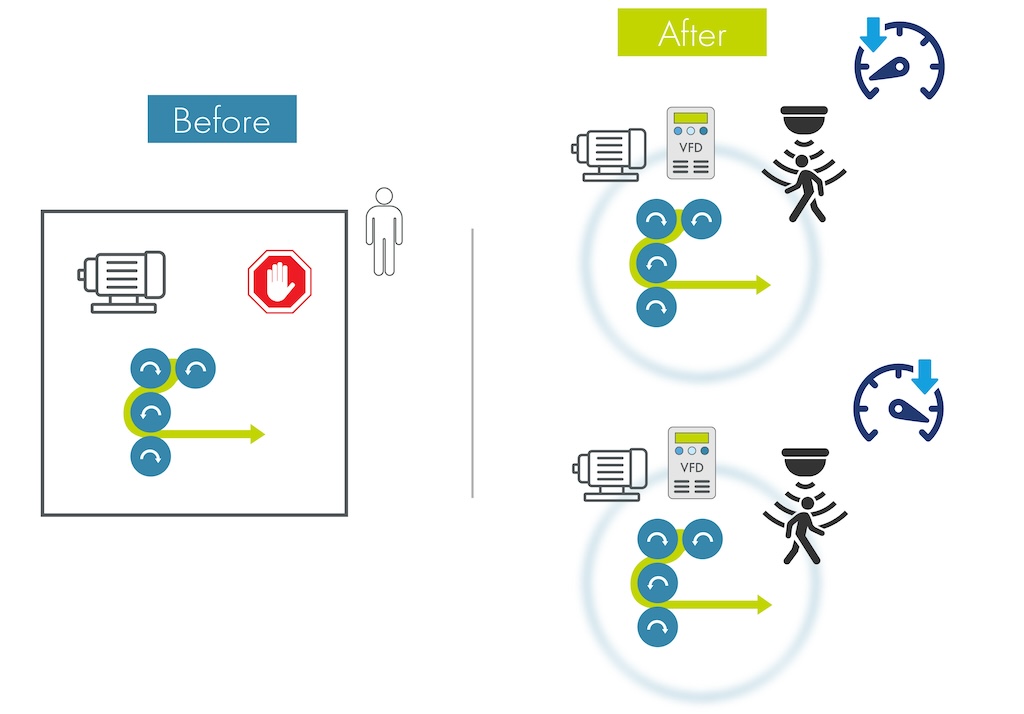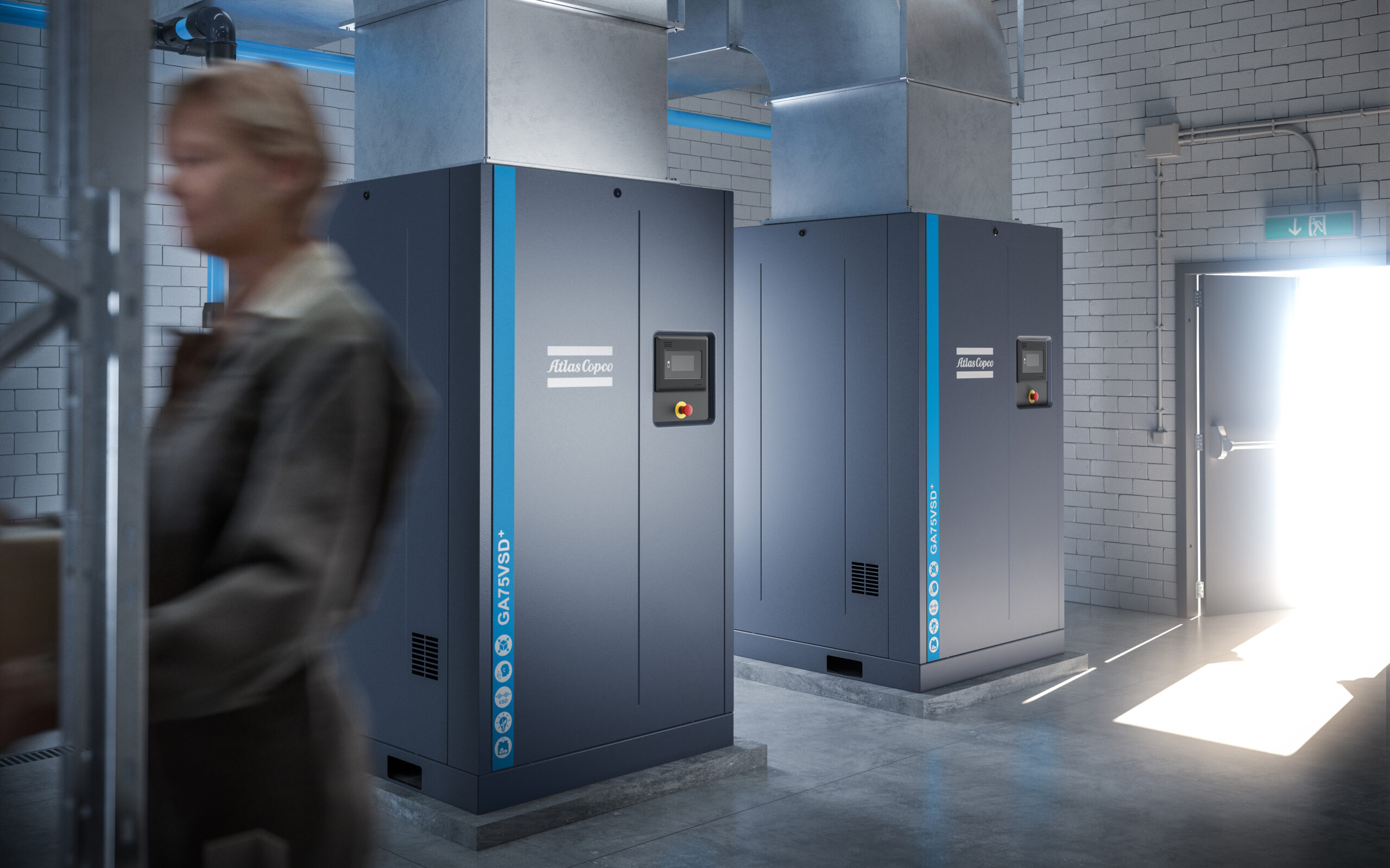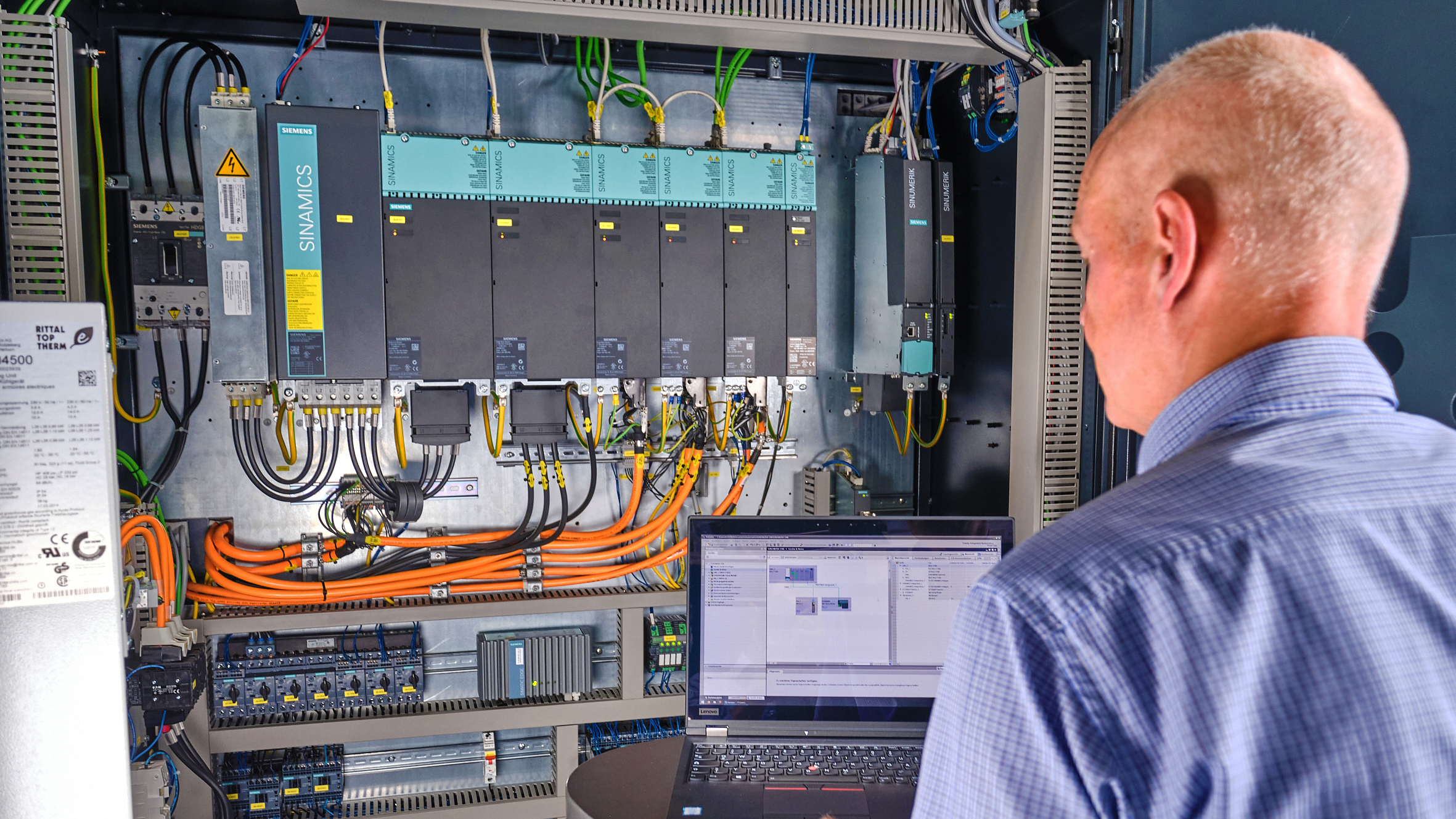The linear motor market is set for a recovery, but the recovery may lead to yet another downturn by the end of 2012.

IMS Research has been monitoring the market for linear motors since 2001 and has been producing Worldwide Market Statistics since 2004. In that time myself and colleagues who have followed the peaks and troughs of the market have listened to executives from linear motor manufacturers tell of their quest to kick their dependence on four key machinery sectors.
The four key industry sectors in question, namely semiconductor machinery, machine tools, electronics and electronics assembly machinery and flat panel machinery, collectively accounted for an estimated 62% of market revenues in 2010. Because of the highly cyclical nature of these sectors, the market for linear motors has been on a rollercoaster of a ride in recent years. As shown below, stable double digit growth in 2007 and 2008 was followed by a fall of over 30% in 2009 and then booming market conditions in 2010, as all four key machinery sectors recovered simultaneously from the downturn. At the end of 2011 growth in these sectors slowed, which in turn depressed the market for linear motors. The figure below demonstrates the alignment between the markets of four key machinery sectors and the linear motor market.
Manufacturers of linear motors crave markets that have stable revenue growth, such as materials handling, packaging machinery, food and beverage machinery and medical sectors. So why are linear motors so successful in penetrating the four key machinery sectors, but find it difficult to target machinery sectors with stable growth?
Linear motors operate at higher speeds, offer faster acceleration and greater precision than established fluid or electromechanical linear drive technologies, but cost considerably more. The purchase of new machinery is often an investment decision, based on the initial purchase cost and lifetime costs of the machine weighed against the payback of the machine’s production. If a higher throughput or productivity can be achieved, then the initial investment will be recouped quicker. Thus a customer, investing millions of dollars in machine-tool or semiconductor production machinery, will pay a premium for high precision fast linear motor actuation which will increase the machine’s throughput and precision. However, a customer investing less than $50,000 in a materials handling machine that does not need high precision may not consider the higher throughput to be worth the additional cost of a linear motor.
Linear motors are expensive to produce because of labour intensive methods associated with low volume production, cost of production will not fall until sales volumes increase and production can be automated. The other significant cost element of linear motors is magnets. In 2011 increases in rare earth magnet costs caused linear motor manufacturers to raise prices by as much as 20%.
So the catch is markets with stable revenue streams will not use linear motors until the prices come down, and the prices won’t come down until volumes increase. The volatile machinery markets linear motors currently serve have a dive in volumes every few years, couple this with the increased prices in 2011 means that the current flat bed and U-channel design of linear motors won’t penetrate markets with stable revenue growth any time soon. As Yossarian observed, that’s some catch, that’s Catch-22.
Is there a way out of Catch-22?
Linear motor manufacturers who wish to compete in industrial sectors which do not place such a high value on speed and precision will need to develop low cost motor designs. Cylinder, or tubular linear motors are one low cost design solution and are produced by companies such as Lin-Mot and Dunkermotoren’s newly acquired linear motor business from Copley Controls.
The current market slowdown may create other design solutions. During the last downturn in 2009, linear motor manufacturers undertook development work on behalf of machine builders to produce linear motor drives as options to electromechanical linear motion drives.
Linear motor manufacturers should take the opportunity of a fallow period to develop their technology further. In 2012 manufacturers of linear motors should seek to mitigate the effect of increased magnet prices by pursuing design changes. For example, at the recent SPS/IPC/Drives trade show in Nuremberg, Tecnotion – a manufacturer of linear motors based in the Netherlands – was displaying a linear motor which uses a floating magnet and coil track, instead of a coil unit over a magnetic track. This would reduce the amount of rare earth material required to produce a linear motor.
Market Recovery
The 2010 recovery in the market for linear motors from the previous downturn was led by an upturn in demand for semiconductor and LED machinery, then machine tools and finally the reinstatement of projects which were suspended due to the 2008 credit crunch. A milder version of this cycle is forecast to repeat itself from the end of 2012, with an upturn in industrial production in 2013 and 2014 driving an expansion of demand for machine tools and other industrial machinery sectors. If the market for linear motors is to prevent another dive in 2015/2016, it will need to finally penetrate new markets.



